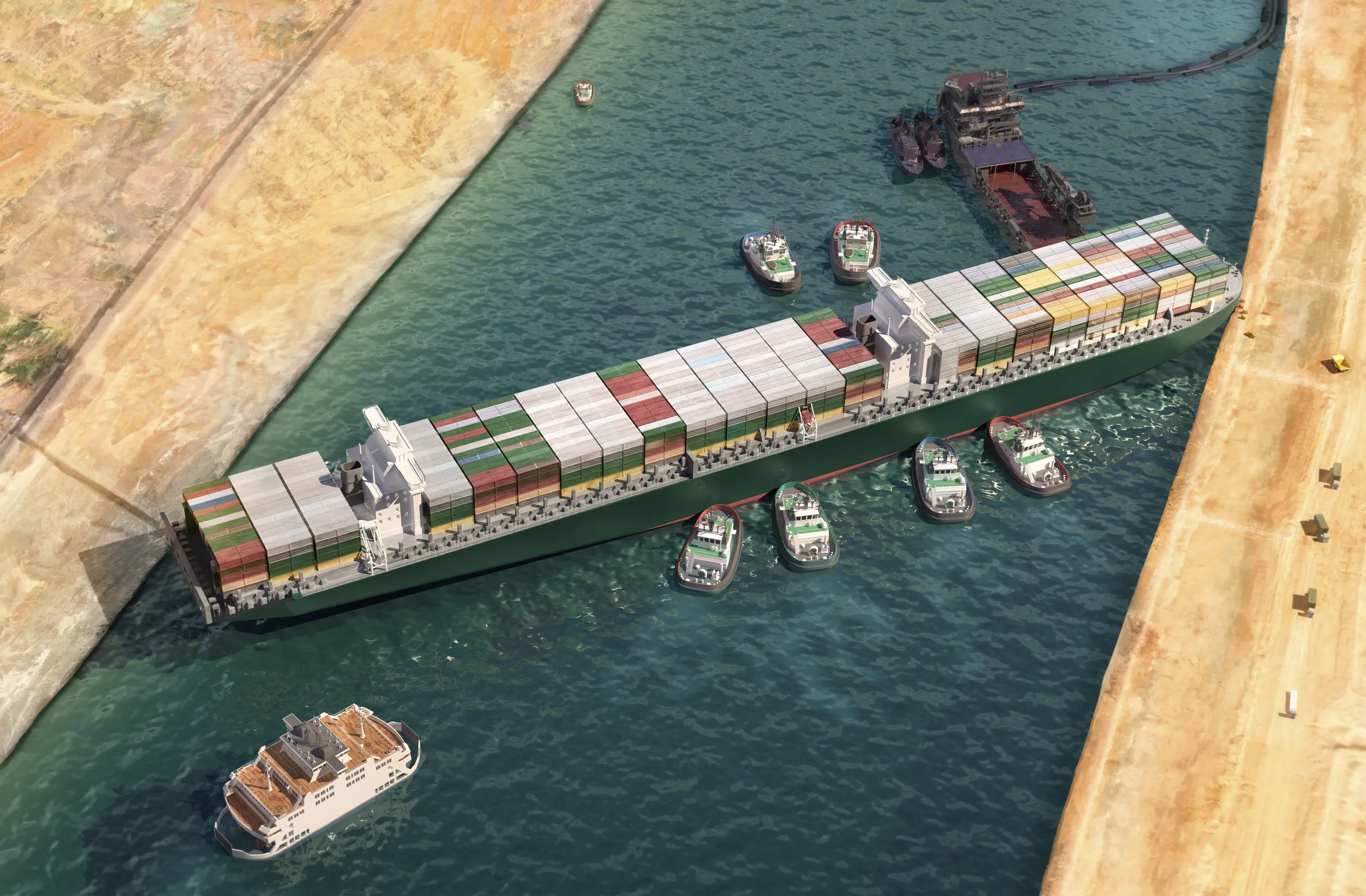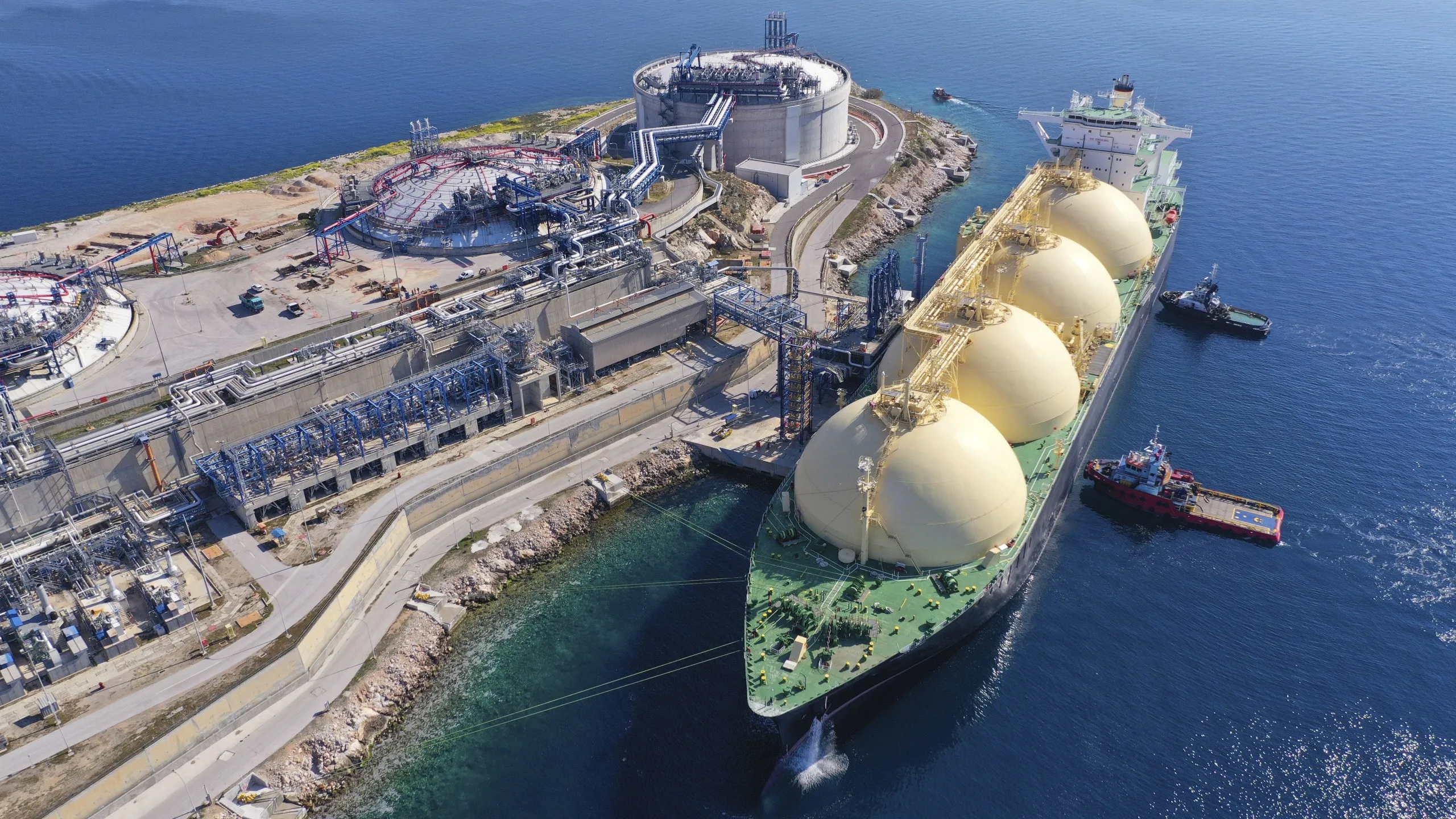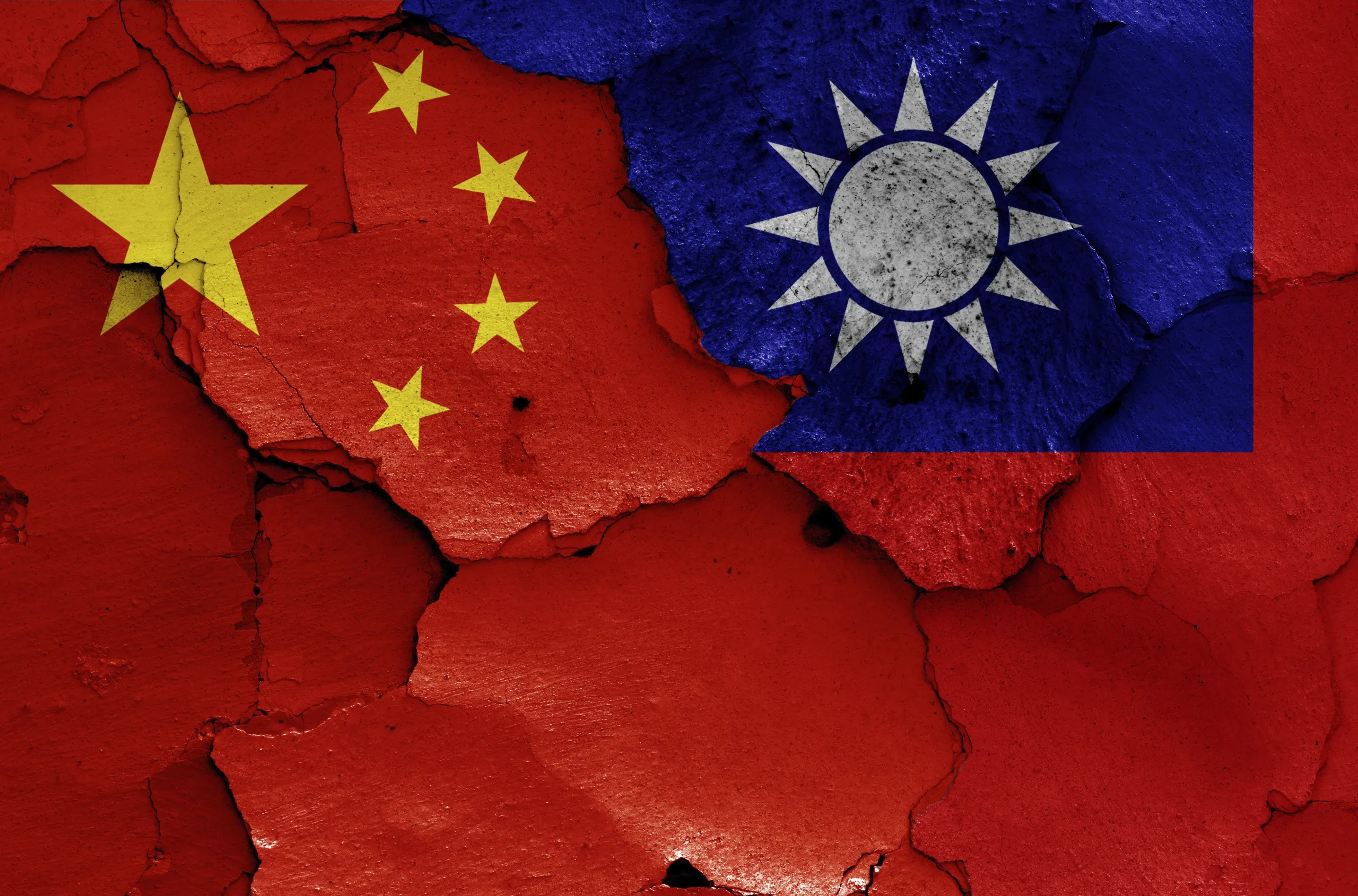An unending search for efficiency maximization currently characterizes the international division of labor. By, for example, just-in-time production and cooperation with the most favorably priced supplier worldwide – deviations from agreed supply relationships are not allowed. If a disruption occurs, as has happened with some regularity in recent years, this causes production stops and supply bottlenecks.
Reasons for supply chain disruptions
In the past decade, there have been numerous disruptions to global supply chains: The most severe disruption was caused by the Covid-19 pandemic in the first half of 2020, when numerous inputs from Asia failed to materialize. But even before that, there were noticeable disruptions to global value networks.
- Natural disasters: Hurricane Katrina in the United States in 2005 and the earthquake and tsunami in Japan in March 2011.
- Trade Policies: disruptions caused by punitive tariffs, non-tariff barriers, sanctions, and export bans.
- Political unrest, terrorist and pirate attacks: 2020 witnessed almost 200 attacks from Somali pirates around the Horn of Africa.
- Traffic incidents or accidents: Most recently, the blockade of the Suez Canal by the container ship “Ever Given” in March 2021.
- Climate change: An increase in extreme weather events as a result of climate change, in particular severe river floods, could further increase the risk of supply chains being disrupted.
As a result, companies, and society are rethinking the division of labor orientation toward maximum efficiency, which can shorten global value chains.
Renationalization of production has a price
A first reflex to the temporary absence of imported intermediate inputs and final products is a call to manufacture the affected products at home. However, shifting the corresponding production means forgoing the cost advantages of the international division of labor.
This results in higher costs for production and higher prices, which domestic consumers pay, reducing their purchasing power and material prosperity.
Alternatively, government support for domestic production is an option. The state can pay subsidies to domestic companies so they can offer their products at lower – and thus internationally competitive – prices. But this, too, requires financing – this time by taxpayers.
No matter which option is chosen: someone has to pay – reduced import dependency comes at a price. Nevertheless, reducing imports may gain additional importance in perspective if the negative externalities associated with greenhouse gas emissions are internalized through higher CO2 prices.
Carbon price reduces international division of labor to an appropriate level
A central element of a functioning market economy is that economic actors bear all the costs of their activities. This includes ensuring that the negative consequences of greenhouse gas emissions are included in market prices.
If the market fails to do this, government intervention is required – for example, through a carbon tax.
Adequate pricing of greenhouse gas emissions means that the emissions generated during the production of goods are subject to a higher CO2 price, as are the emissions generated during the transport of goods – whether by truck, rail, air, or ship.
As a result, certain production relocations are no longer worthwhile within global value networks. In addition, some imports of intermediate inputs and final products lose their economic advantage – the extent of the international division of labor declines.
Welfare-theoretically, this pricing in of environmental costs is nevertheless a must. The same applies to reducing the level of cross-border division of labor and the resulting international trade.
What should be done?
The combination of crisis-prone supply chains and adequate pricing of greenhouse gas emissions is likely to decrease the international division of labor in the future. For an industrialized country like Germany, this means an increase in production costs. Various measures are available to mitigate this:
- The increased use of digital technologies – including the systematic analysis of Big Data by high-quality AI – is helping to make economic decision-making and production processes faster, more precise, and more reliable. This reduces production costs, making it easier to dispense with some imported inputs and end products.
- Increasing resource productivity and promoting renewable energies reduces the need for fossil fuels and other raw materials. This reduces dependence on resource imports.
- 3D printing technology is one way to combine the first two aspects. This technology fuses materials to create new products, which reduces raw material consumption. Local production also saves on transportation costs. The resulting cost savings can make doing without imports an economically rational decision. However, in a country with few raw materials like Germany, this increases dependence on imported basic materials.
Economic policy implications: The market can do a lot, …
Many of the adaptation measures outlined result from the interplay between companies and consumers.
Companies are adapting to a higher risk of supply chain disruption. Conceivable responses include working with multiple supplier companies from different regions, having larger inventories, or producing necessary parts locally.
Higher resource productivity is also primarily driven by companies. A higher carbon price provides an incentive for them to take action to reduce emissions. Consumers support this development through higher demand for lower-emission products because this reduces their consumer spending.
… but not everything
However, not all the necessary technological innovations and organizational adjustments will take place without government support. Public intervention may become necessary for stockpiling – as is currently the case with the strategic petroleum reserve in Germany.
Its stock covers demand for 90 days. The costs associated with oil stockpiling are borne by the companies that import or process oil and are incorporated into their pricing.
An active role of the state is also required for ecological transformation, among other things, in so-called basic technologies. These often have an impact on many sectors of the economy and are also referred to as “game-changer technologies.”
However, their development is associated with a high degree of uncertainty as to their economic success – and a lot of time passes before they are ready for the market and generate profits. As a result, private companies often shy away from such technological developments.
Government intervention is also necessary if new technologies and products require a nationwide network, e.g., an efficient network of charging stations for more intensive use of electric vehicles.
Outlook
The current international division of labor has underestimated or ignored two crucial cost elements: the costs of unforeseen disruptions to global supply chains and the social and environmental costs of greenhouse gas emissions.
If both costs are included in prices, we can expect a reduction in the level of the current international division of labor. This will lead to higher costs, but they must be reflected in market prices since these costs exist.
However, the associated decline in international trade by no means implies the end of globalization. Companies can still sell their products abroad. However, in some cases, it will now make sense to set up the necessary production capacities directly in the country of sale.
As a result of this convergence of production and consumption, cross-border trade in goods is declining. However, it is not being replaced by cross-border capital flows in the form of foreign direct investment and growing trade in services.
Note: This article was first published in German with the title “Globale Lieferketten unter Druck” on the “Blog politische Ökonomie” (https://www.blog-bpoe.com/2021/07/13/petersen/).







